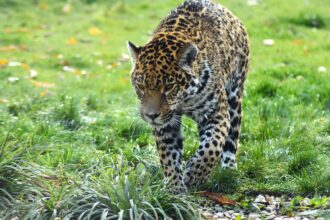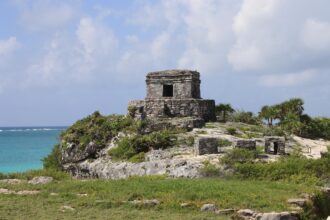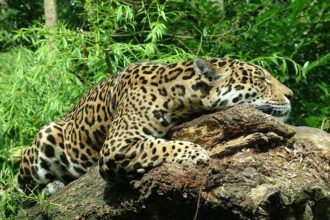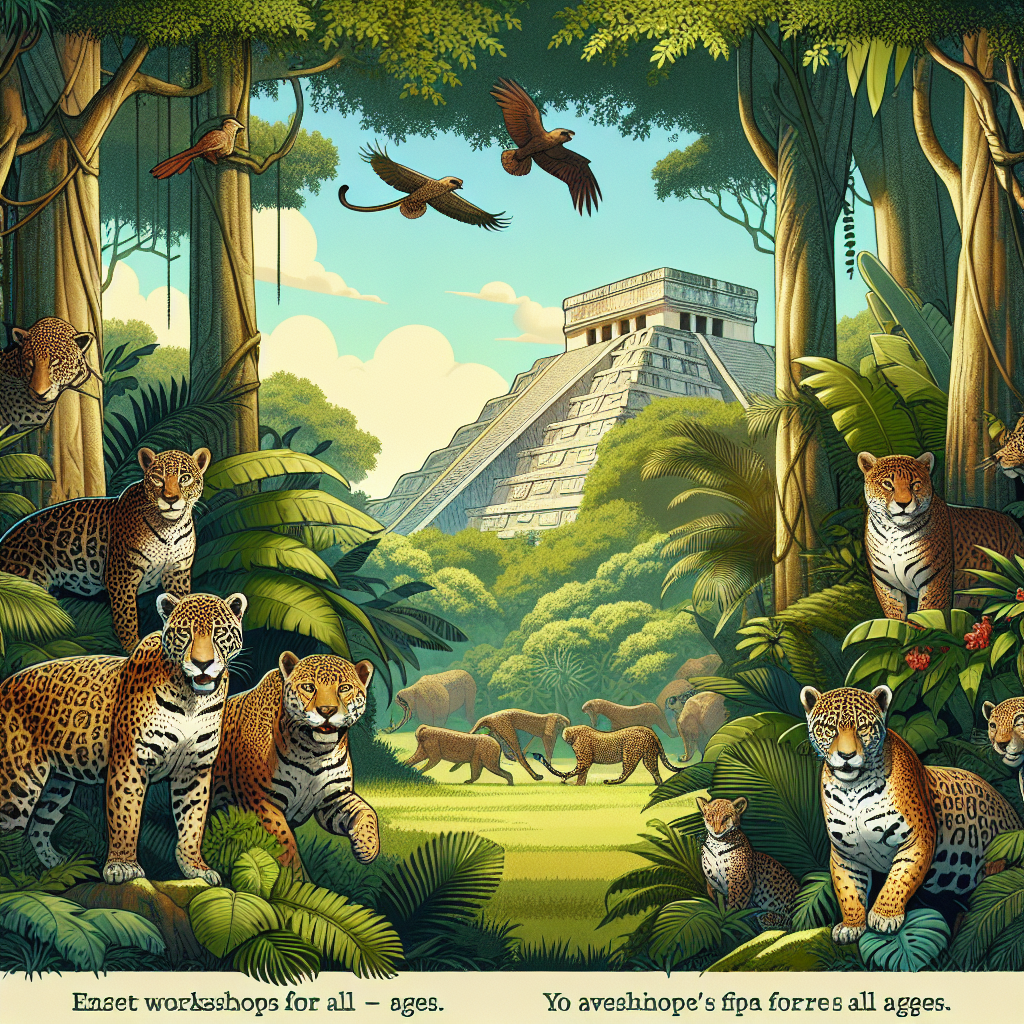Understanding Jaguar Diversity and Their Habitat in Tulum
Jaguar (Panthera onca) populations are distributed across Central and South America, with significant concentrations in the tropical rainforests of the Amazon and the coastal territories of the Yucatán Peninsula. Tulum, renowned for its ecological richness, lies at the center of these habitats. The local ecosystem is vital for jaguars, as it supports various prey species such as deer, capybaras, and peccaries. Preserving jaguar diversity means protecting the intricate web of life they inhabit.
The Ecology of Jaguars
Jaguars are apex predators, playing a crucial role in their ecosystems by regulating prey populations. Through this predatory behavior, they help maintain the balance within their habitats. Importantly, jaguars are known for their unique hunting techniques; they can swim efficiently and are even capable of taking down caimans, indicating their adaptability. Their dense fur coat, which varies in coloration from light yellow to darker brown, helps them blend into the dappled light of their forest environments. This camouflage is critical as it aids in stalking prey.
Importance of Conservation Workshops
Workshops on jaguar conservation serve vital functions in educating participants about local wildlife, fostering a sense of stewardship, and developing active community involvement in conservation efforts. These workshops provide hands-on activities that cater to all ages, ensuring that knowledge about the significance of jaguars is accessible to everyone.
Key Components of the Workshops:
-
Interactive Learning Modules
- Each workshop typically consists of interactive modules that explain features of jaguar biology, behavior, and habitat requirements. These modules utilize multimedia presentations, live demonstrations, and informative displays.
-
Hands-On Activities
- Participants engage in activities such as identifying local plant and animal life that supports jaguar ecosystems. They may also assist in creating maps that outline crucial corridors for jaguar movement.
- Field Tours
- Workshops often include field tours led by experienced guides. These excursions help participants witness jaguar habitats first-hand, reinforcing theoretical knowledge gained in the classroom.
Engaging Diverse Age Groups
The design of these workshops allows for active participation from both children and adults. Programs tailored for younger audiences involve storytelling, arts and crafts focused on the illustration of jaguars, and fun games that bring essential facts to life. For older participants, discussions might revolve around conservation policies, field research practices, or how community efforts directly impact local wildlife.
Collaboration with Local Conservation Organizations
Collaborating with organizations such as the Tulum Wildlife Conservation Association ensures the workshops benefit from up-to-date research and expert knowledge. These partnerships enhance the outreach of the programs, allowing a greater number of participants to engage in conservation efforts.
Activities Organized by Organizations
- Community Clean-Up Days: These events emphasize the need to maintain clean habitats, reinforcing the message that pollution directly affects wildlife.
- Animal Tracking Workshops: Participants learn to identify jaguar tracks, understand their route patterns, and witness the impact of habitat destruction on these big cats.
Importance of Community Involvement
Community engagement in conservation is critical for successful long-term efforts. Understanding how jaguars contribute to the local environment helps foster pride in natural resources. Workshops emphasize the narrative of the jaguar as both a cultural symbol and an ecological asset, motivating residents to participate actively.
Conservation Success Stories
Sharing success stories from previous workshops can inspire community members to take action. For instance, following a series of workshops in Tulum, local residents initiated a “Jaguar Guardian” program, where community volunteers monitor key wildlife areas. Another example of success is the increased awareness and participation in anti-poaching campaigns, resulting in reduced hunting pressures on jaguars.
Digital Outreach and Social Media Campaigns
In the contemporary digital world, expanding the reach of these workshops through social media platforms can significantly amplify awareness. Engaging profiles showcasing workshop highlights, success stories, and ongoing projects build a dedicated online community. Informative blogs, captivating photos, and videos can enhance interest in the workshops, encouraging a broader audience to participate.
The Role of Educational Institutions
Local educational institutions often work hand in hand with conservation workshops. Field trips are an effective way to cultivate a conservation mindset among students. Collaborations with schools allow educators to integrate the subject of wildlife conservation into their curricula, fostering a new generation of conservationists enthusiastic about preserving jaguar populations.
Supporting Ethical Eco-Tourism
Eco-tourism poses both challenges and opportunities for jaguar conservation. Workshops educate participants about sustainable tourism practices that minimize negative impacts on wildlife. By supporting ethical eco-tourism ventures that respect natural habitats, visitors can contribute meaningfully to the local economy and conservation efforts.
Continuous Monitoring and Assessment
Finally, regular assessments of the effectiveness of workshops are necessary for ensuring that they meet the community’s educational needs. Feedback from participants, combined with wildlife monitoring data, can guide future workshops, enhancing their relevance and impact.
Future Directions for Jaguar Conservation
Efforts should focus on expanding the scope of these workshops to involve diverse communities across multiple regions. Collaborative initiatives that involve neighboring towns can help establish a more extensive conservation network. Moreover, integrating advanced technologies, such as remote camera trapping for monitoring jaguar populations, might unveil deeper insights into wildlife behavior and encourage citizen science contributions.
By leveraging the unique ecological setting of Tulum, these workshops will continue to promote the importance of jaguar preservation, foster community awareness, and maintain the integrity of natural habitats for the future.







